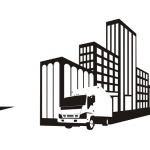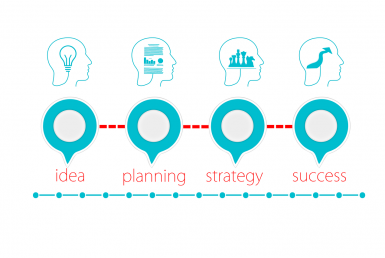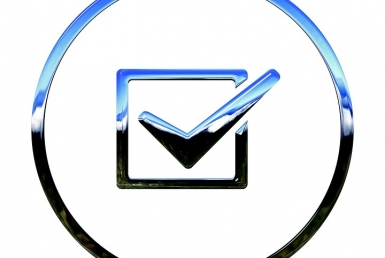Meaning of Commercial Auto and Commercial Truck Insurance?

Curious to know the difference in meaning of commercial auto and commercial truck insurance? –
The simple answer is, other than a different vehicle type, this coverage still
falls under 1 umbrella policy, commercial insurance.
This is because a commercial insurance policy is a coverage for your business,
and both commercial auto and commercial truck have the same principal.
Yes, the vehicle types might be different, because just under trucks alone, for
example, you can have different vehicle layers.
For example, like:
- box trucks,
- utility trucks,
- food trucks
- and so forth.
These work trucks are used just for that, work use!

Comparison in Commercial Insurance and Personal Insurance?
So, the difference lies between personal insurance and commercial insurance,
and not the individualized categories under a commercial policy.
The difference is that commercial insurance is used for business purposes,
and for the most part personal insurance, will not cover any business-related loss.
On most personal auto insurance policies, it will spell it out to the reader,
that no coverage exists if used for business purposes, meaning the truck.
Of course, you might have to use a vehicle to get to point A to point B for work purposes,
but this is just considered normal transportation.
Divide and Cover – Commercial Insurance Protection
The divide occurs when the actual vehicle itself, is used during business, meaning carpool,
or using the vehicle to pick up loads of goods, or transport people.
This is when the personal auto policy is no longer valid, and when a
commercial policy must begin. Commercial vehicle insurance,
can encompass coverage for cars, trucks, vans and so forth as you can see.
It can also include fleet coverage for larger trucks and large volumes of trucks.
So, if a trucking operation has over 6 trucks, and needs coverage,
they could find this under a commercial trucking policy.
You can also add additional coverage to these commercial policies.
For example, if you have a trucking company and have employees,
you can also consider workers compensation.
The actual business operation can also be protected in a general liability policy as well.
How to Save on Insurance Premiums?
As insureds, business owners, vehicle drivers, we are all looking for the same
thing when it comes to insurance, great coverage at a low rate. Therefore,
most of us take to online in the first place, to see if we can save some money.
Who doesn’t enjoy that? So, now that you are passed the excitement of saving money,
let’s change the dial and look at other ways to protect and save.
These methods usually arise out implementing or at least acknowledging some common risk
control methods. These methods are important.
They can help reduce any potential future loss as well as minimize the
impact if one should occur. It’s a double edge sword of goodness and protection.
Common Risk Control Elements
Now, without further ado, let’s observe some common risk control
recommendations that you might find on your trucking policy or commercial auto
insurance policy. As you have learned in current reading,
the two words or phrases, commercial auto and the commercial truck
can be used interchangeably.
Vehicle Types?
Yes, the vehicle types are different, with varying forms, but they both fall under
the same umbrella of commercial policies, and both cover
business-related coverage. So, you might see these words exchanged throughout this writing piece.
However, just remember to separate or divide policies by what they cover during use,
business or personal. This will help to separate the two,
and frame a strong foundation for the two.
Commercial Vehicle Insurance- Risk Control Relations
To understand the different types of risk controls on a commercial policy,
you must look at the definition of risk management. So, what exactly is
Risk Management mean anyways? Risk management means to handle
the risk in a certain method. These methods can be through:
- avoidance,
- reduction,
- prevention
- as well as the transfer of the risk.

Conclusion:
It means like it sounds. It the control or management of risks.
The goal is to reduce risk exposure or deduce the risk itself, to manageable levels.
There are methods that help with this management. These risk control
methods or techniques are in place to help maintain coverage without creating
premium hikes in the future. This is achieved by managing the overall
loss protection program. Yes, a program that is in place to do just that, control the risks.
This is almost as important to the trucking operation as other components,
like the equipment or drivers. It’s the safety of course.




